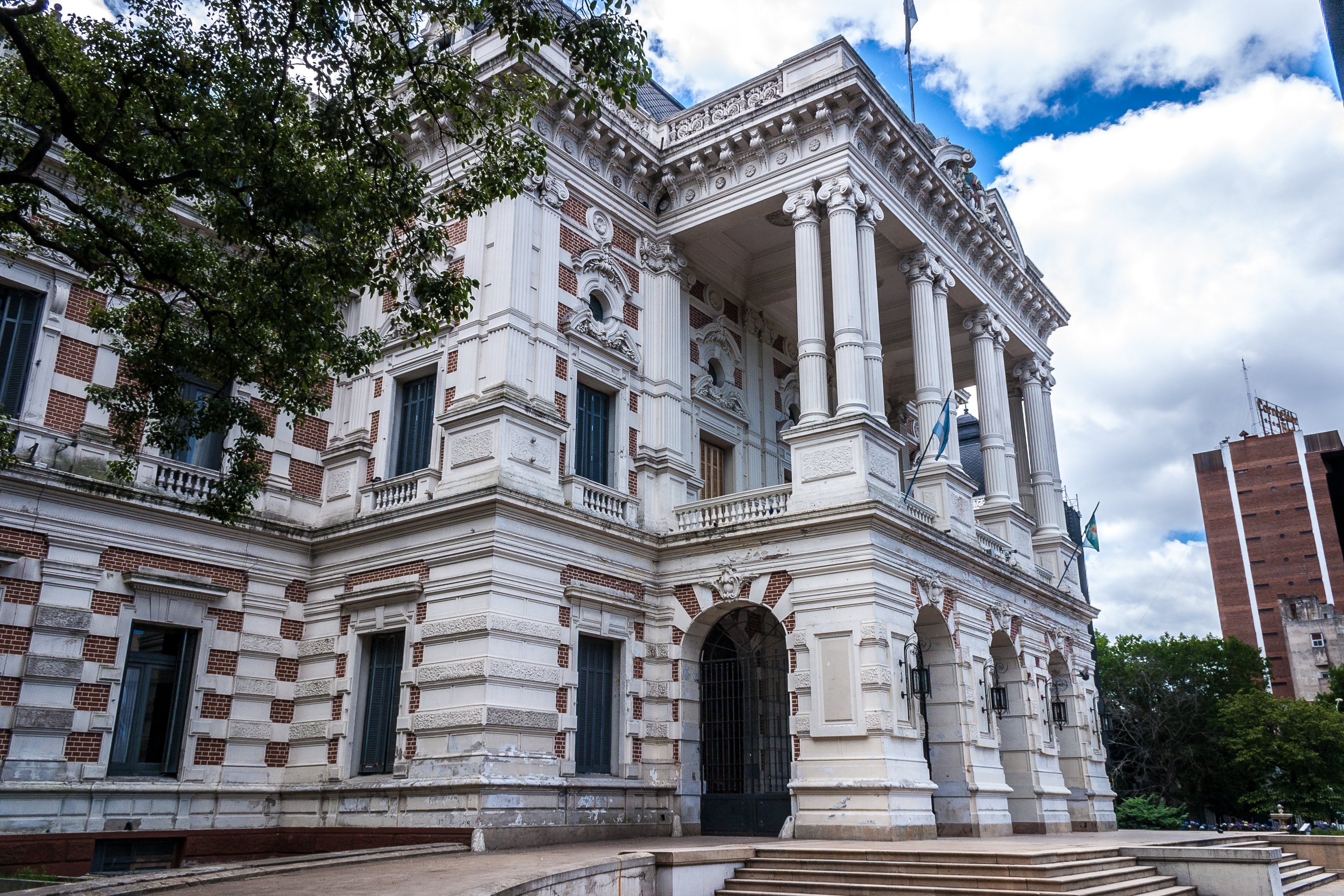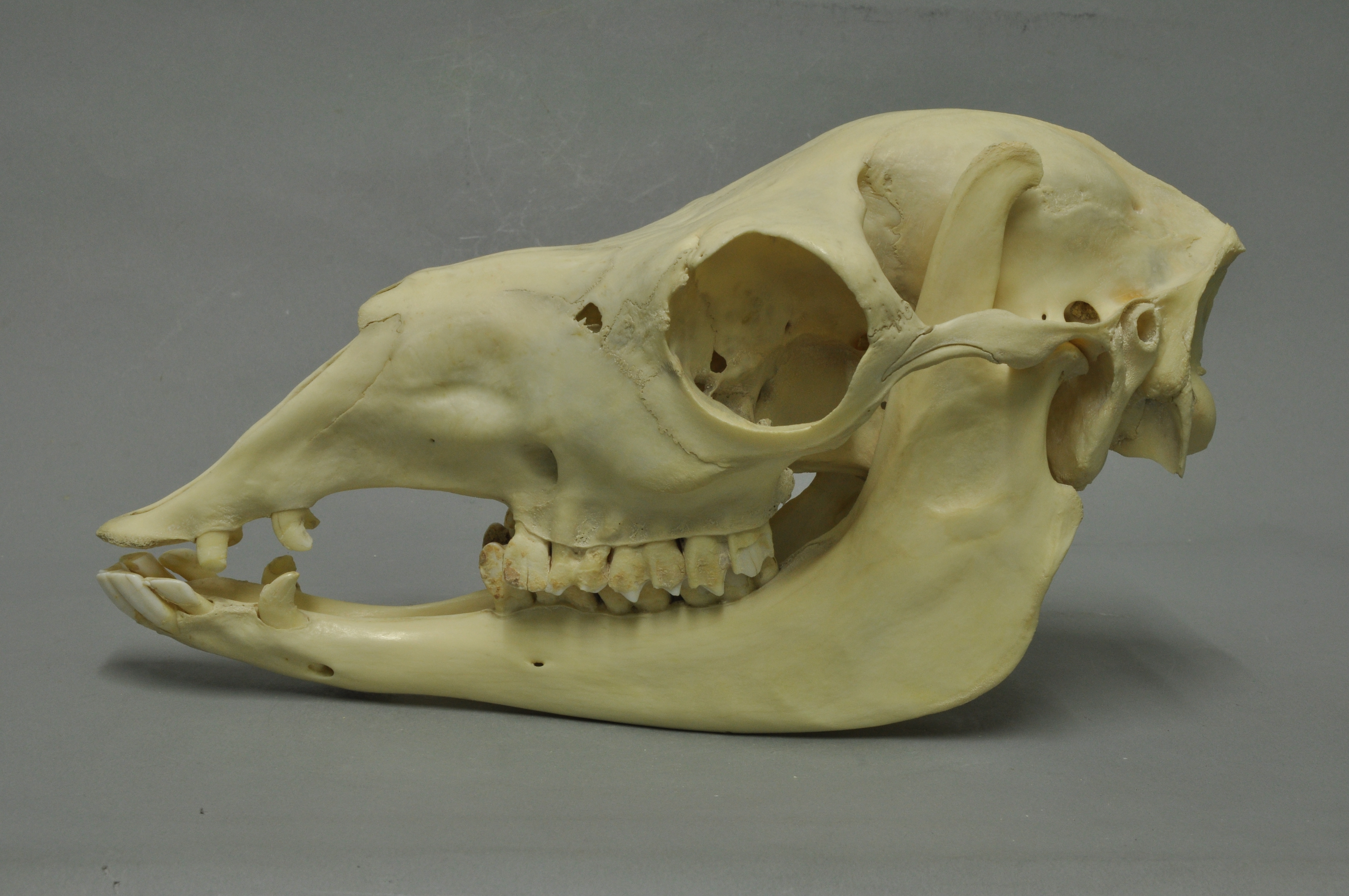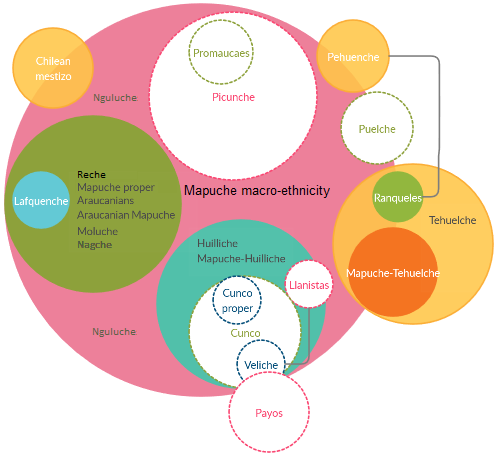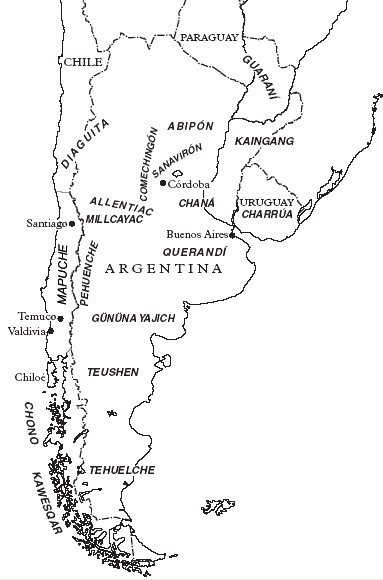|
Napaleofú
Napaleofú is a small town in the southeast of the province of Buenos Aires, in Argentina. It is located 50 km from Tandil and 63 km from Balcarce and administratively depends on the Balcarce Partido, although part of its territory belongs to the Lobería Partido. The name is a derivation of the Mapuche word "napa" or "napad" with which, probably, the ''Indios Serranos''The ''Indios Serranos'', so called because they lived in the southern highlands (Spanish: ''serranías'') of the province of Buenos Aires, belonged to the Puelches (from Mapudungun: "people of the east") indigenous group. called what is known today as ''Arroyo Chico''. Napaleofú's economy is mainly based on agricultural and livestock production, mining and some industrial activities such as the production of bread, pasta, and pastries on a smaller scale. The fact that the territory belongs to two partidos (three in practice) brings with it some problems: for example, half of a school belongs to one partido and ... [...More Info...] [...Related Items...] OR: [Wikipedia] [Google] [Baidu] |
Balcarce Partido
Balcarce Partido is a partido of Buenos Aires Province in Argentina. The provincial subdivision has a population of 42,040 inhabitants in an area of , and its capital city is Balcarce, which is around from Buenos Aires. Name The partido is named after Antonio González de Balcarce (1774-1819), an Argentine military commander, governor of Buenos Aires and Supreme Director (president) of Argentina in 1816. Economy The economy of Balcarce Partido is dominated by agriculture. Other economic activities include mineral extraction and tourism. Farming is dominated by the production of arable crops and potatoes. The impact of modern farming techniques and mining has damaged the natural habitats of indigenous species such as emu, jackrabbit, viscacha and armadillo. Balcarce is home to Argentina's National Institute of Agricultural Technology, Instituto Nacional de Tecnología Agropecuaria (INTA) and the faculty of agrarian sciences, Facultad de Ciencias Agrarias de la Universida ... [...More Info...] [...Related Items...] OR: [Wikipedia] [Google] [Baidu] |
Argentina
Argentina, officially the Argentine Republic, is a country in the southern half of South America. It covers an area of , making it the List of South American countries by area, second-largest country in South America after Brazil, the fourth-largest country in the Americas, and the List of countries and dependencies by area, eighth-largest country in the world. Argentina shares the bulk of the Southern Cone with Chile to the west, and is also bordered by Bolivia and Paraguay to the north, Brazil to the northeast, Uruguay and the South Atlantic Ocean to the east, and the Drake Passage to the south. Argentina is a Federation, federal state subdivided into twenty-three Provinces of Argentina, provinces, and one autonomous city, which is the federal capital and List of cities in Argentina by population, largest city of the nation, Buenos Aires. The provinces and the capital have their own constitutions, but exist under a Federalism, federal system. Argentina claims sovereignty ov ... [...More Info...] [...Related Items...] OR: [Wikipedia] [Google] [Baidu] |
Ground Frost
Ground frost refers to the various coverings of ice produced by the direct deposition of water vapor on objects and trees, whose surfaces have a temperature below the freezing point of water (0 °C, 32 °F). Types The three main types of ground frost are radiation frost ( hoar frost), advection frost ( advection hoar frost) and evaporation frost. The latter is a rare type which occurs when surface moisture evaporates into drier air causing its temperature at the surface to fall at or under the freezing point of water. Rime (both soft and hard) is technically not a type of ground frost. Alternative definition Ground frost may also refer to the condition when the temperature of the upper layer of the soil falls below the freezing point of water. In England From 1906 to 1960 the Met Office practice was to base the number of days of ground frost on this criterion: a day with a minimum temperature reaching 30 °F (−1 °C), probably because 32 °F ... [...More Info...] [...Related Items...] OR: [Wikipedia] [Google] [Baidu] |
Governor Of Buenos Aires Province
The Governor of Buenos Aires Province () is a citizen of the Buenos Aires Province of Argentina, holding the office of governor for the corresponding period. The governor is elected alongside a vice-governor. Currently the governor of Buenos Aires Province is Axel Kicillof since December 11, 2019. Requirements To be able to be elected governor, the person must be an Argentine citizen and must have been born in Argentina, or be the child of an Argentine citizen if born in a foreign country.Constitución de la Provincia de Buenos Aires - Art- 121 The citizen must also be at least 30 years old, and have at least 5 uninterrupted years of residence in the province if not natural from it. The term lasts 4 years, with the chance of a single reelection. List of o ...
|
Emphyteusis
(Greek, 'implanting') or emphyteutic lease is a contract for land that allows the holder the right to the enjoyment of a property, often in perpetuity, on condition of proper care, payment of tax and rent. This type of real estate contract specifying that the lessee must improve the property for the nation or for its population e.g. through construction or a railway service or by farming the land to create produce, as happened in Mauritius where people were starving. The term is commonly used in Quebec, Belgium and France and its ex colonies. These sorts of leases are usually associated with government lands or government properties. History originated in Ancient Greece. In the early Roman Empire, it was initially granted by the state for the purposes of agriculture or development. In essence, it was a long-term lease of an imperial domain for a rental in kind. The title existing before ' was . The ' gave the lease-holder () rights similar to those of a proprietor, although t ... [...More Info...] [...Related Items...] OR: [Wikipedia] [Google] [Baidu] |
United Provinces Of The Río De La Plata
The United Provinces of the Río de la Plata (), earlier known as the United Provinces of South America (), was a name adopted in 1816 by the Congress of Tucumán for the region of South America that declared independence in 1816, with the Sovereign Congress taking place in 1813, during the Argentine War of Independence (1810–1818) that began with the May Revolution in 1810. It originally comprised rebellious territories of the former Spanish Viceroyalty of the Río de la Plata dependencies and had Buenos Aires as its capital. The name ''"Provincias del Río de la Plata"'' (formally adopted during the Cortes of Cádiz to designate the Viceroyalty of the Río de la Plata) alludes to the ''Junta Provisional Gubernativa de las Provincias del Río de la Plata'' or Primera Junta. It is best known in Argentinean literature as ' ("United Provinces of the River Plate" i.e. ''river of silver''), this being the most common name (since 1811) in use for the country until the enact ... [...More Info...] [...Related Items...] OR: [Wikipedia] [Google] [Baidu] |
Martín Rodríguez (politician)
Martín Rodríguez (4 July 1771 – 5 March 1845) was an Argentine politician and soldier. Biography Born in Buenos Aires to Rufina and Fermín Rodríguez, he inherited a ranch and managed the estate until 1806. He then took part in the resistance to the British invasions of the Río de la Plata, during the Napoleonic Wars and later played an important role in the events of the May Revolution of 1810. Upon the establishment of the First Junta which resulted, he was sent to the province of Entre Ríos to support the activities of Manuel Belgrano in the Paraguay campaign. He married Manuela Carrasco in 1810, and they had 14 children. Later, as colonel of a unit of Hussars, Rodríguez organized the militias that menaced a political meeting in April 1811, in an attempt to support Cornelio Saavedra. As a result of this, Rodríguez was temporarily imprisoned in San Juan, Argentina. The following year Rodríguez intervened in the Battle of Salta. He was chief of the general staf ... [...More Info...] [...Related Items...] OR: [Wikipedia] [Google] [Baidu] |
Conquest Of The Desert
The Conquest of the Desert () was an Armed Forces of the Argentine Republic, Argentine military campaign directed mainly by General Julio Argentino Roca during the 1870s and 1880s with the intention of establishing dominance over Patagonia, inhabited primarily by Indigenous peoples in Argentina, Indigenous peoples. The Conquest of the Desert extended Argentine territories into Patagonia and ended Chilean expansion in the region. Argentine troops killed more than 1,000 Mapuches, displaced more than 15,000 more from their traditional lands and enslaved a portion of the remaining Indigenous people. Argentines of European descent, Settlers of European descent moved in and developed the lands through irrigation for agriculture, converting the territory into an extremely productive area that contributed to the status of Argentina as a great exporter of agricultural products during the early 20th century.''The Argentine Military and the Boundary Dispute With Chile, 1870-1902,'' George ... [...More Info...] [...Related Items...] OR: [Wikipedia] [Google] [Baidu] |
Argentine Republic
Argentina, officially the Argentine Republic, is a country in the southern half of South America. It covers an area of , making it the List of South American countries by area, second-largest country in South America after Brazil, the fourth-largest country in the Americas, and the List of countries and dependencies by area, eighth-largest country in the world. Argentina shares the bulk of the Southern Cone with Chile to the west, and is also bordered by Bolivia and Paraguay to the north, Brazil to the northeast, Uruguay and the South Atlantic Ocean to the east, and the Drake Passage to the south. Argentina is a Federation, federal state subdivided into twenty-three Provinces of Argentina, provinces, and one autonomous city, which is the federal capital and List of cities in Argentina by population, largest city of the nation, Buenos Aires. The provinces and the capital have their own constitutions, but exist under a Federalism, federal system. Argentina claims sovereignty ov ... [...More Info...] [...Related Items...] OR: [Wikipedia] [Google] [Baidu] |
Guanaco
The guanaco ( ; ''Lama guanicoe'') is a camelid native to South America, closely related to the llama. Guanacos are one of two wild South American camelids; the other species is the vicuña, which lives at higher elevations. Etymology The guanaco gets its name from the Quechua word ''wanaku''. Young guanacos are called ''chulengos'' or "guanaquitos". Characteristics Guanacos stand between at the shoulder, body length of , and weigh . Their color varies very little (unlike the domestic llama), ranging from a light brown to dark cinnamon and shading to white underneath. Guanacos have grey faces and small, straight ears. The lifespan of a guanaco can be as long as 28 years. Guanacos are one of the largest terrestrial mammals native to South America today.San Diego Zoo's Animal Bytes Other terrestrial mammalian [...More Info...] [...Related Items...] OR: [Wikipedia] [Google] [Baidu] |
Mapuche
The Mapuche ( , ) also known as Araucanians are a group of Indigenous peoples of the Americas, Indigenous inhabitants of south-central Chile and southwestern Argentina, including parts of Patagonia. The collective term refers to a wide-ranging ethnicity composed of various groups who share a common social, religious, and economic structure, as well as a common linguistic heritage as Mapudungun speakers. Their homelands once extended from Choapa River, Choapa Valley to the Chiloé Archipelago and later spread eastward to Puelmapu, a land comprising part of the Pampas, Argentine pampa and Patagonia. Today the collective group makes up over 80% of the Indigenous peoples in Chile and about 9% of the total Chilean population. The Mapuche are concentrated in the Araucanía (historic region), Araucanía region. Many have migrated from rural areas to the cities of Santiago and Buenos Aires for economic opportunities, more than 92% of the Mapuches are from Chile. The Mapuche traditional e ... [...More Info...] [...Related Items...] OR: [Wikipedia] [Google] [Baidu] |
Tehuelche People
The Tehuelche people, also called the Aónikenk, are an Indigenous people from eastern Patagonia in South America. In the 18th and 19th centuries the Tehuelche were influenced by Mapuche people, and many adopted a horseriding lifestyle. Once a nomadic people, the lands of the Tehuelche were colonized in the 19th century by Argentina and Chile, gradually disrupting their traditional economies. The establishment of large sheep farming estates in Patagonia was particularly detrimental to the Tehuelche. Contact with outsiders also brought in infectious diseases ushering deadly epidemics among Tehuelche tribes. Most existing members of the group currently reside in cities and towns of Argentine Patagonia. The name "Tehuelche complex" has been used by researchers in a broad sense to group together Indigenous peoples from Patagonia and the Pampas. Several specialists, missionaries and travelers have proposed grouping them together on account of the similarities in their cultural trai ... [...More Info...] [...Related Items...] OR: [Wikipedia] [Google] [Baidu] |




